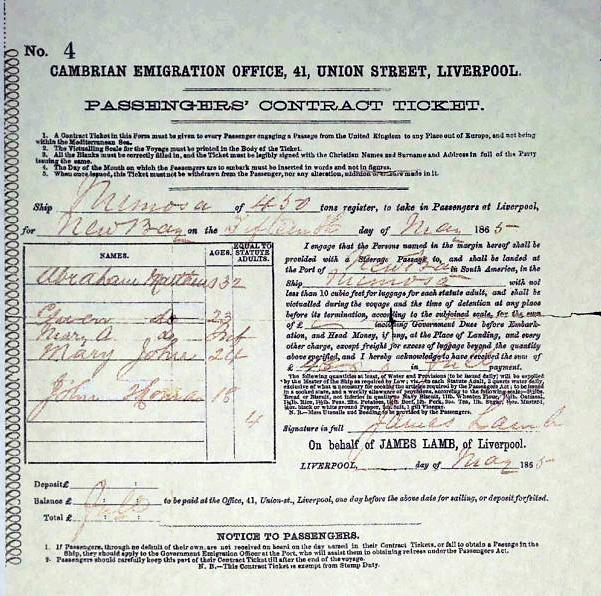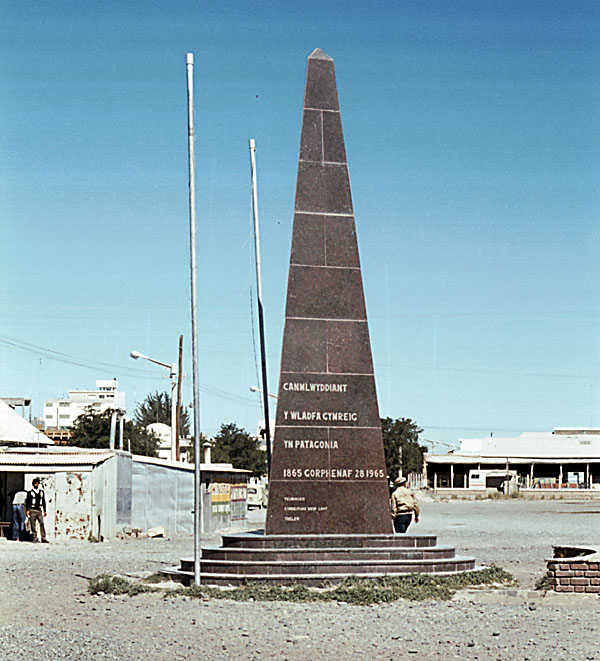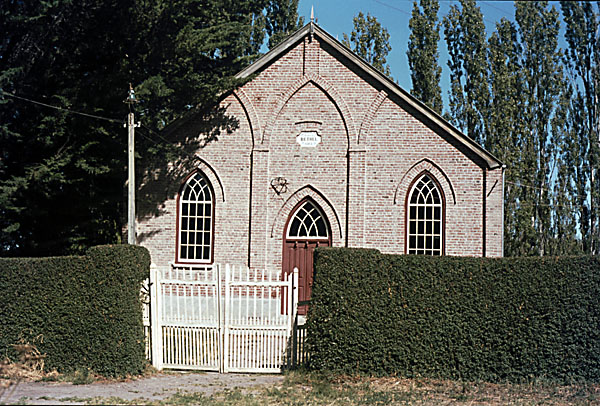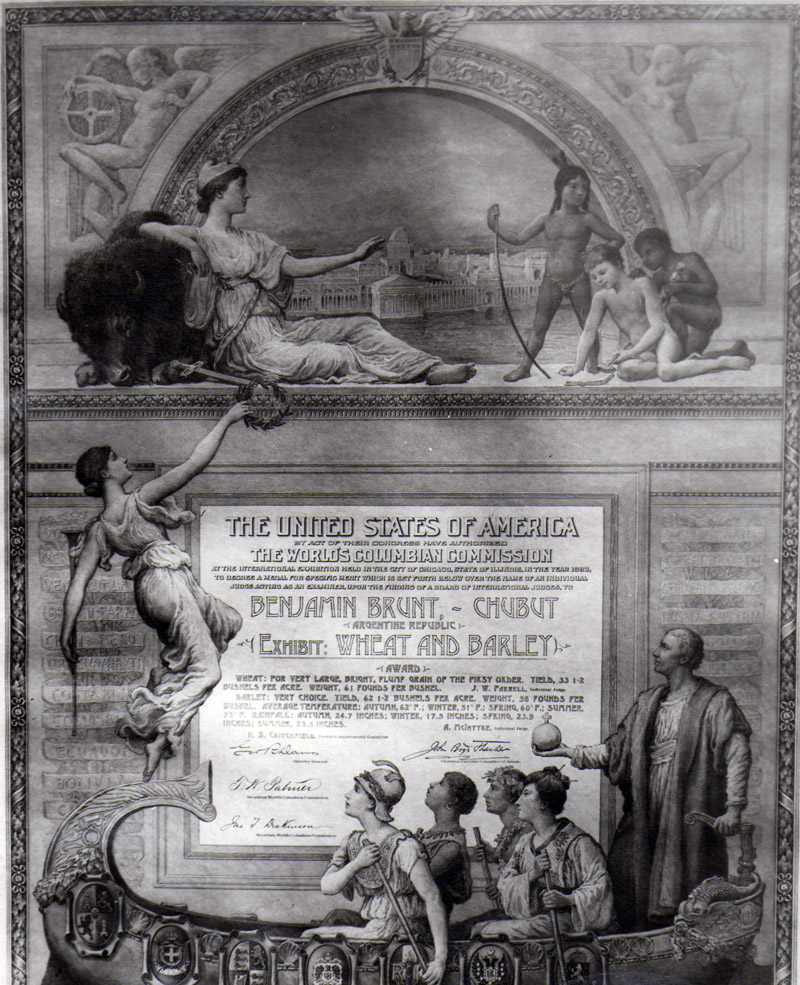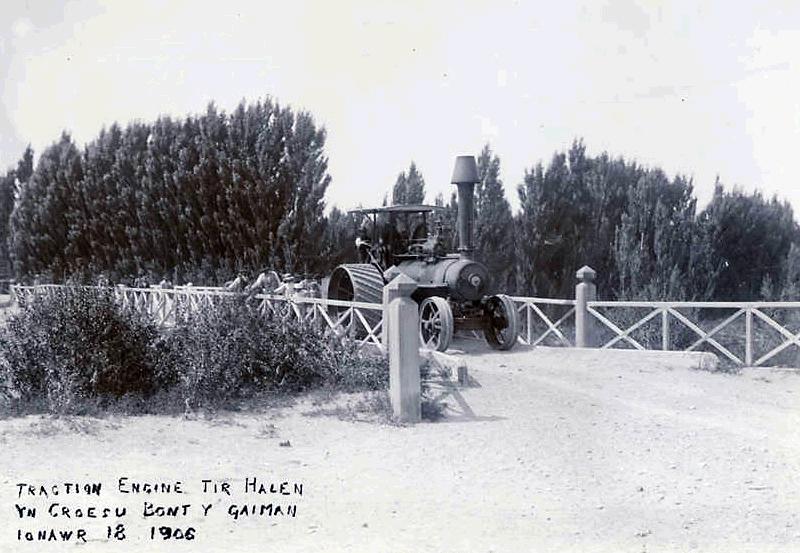 |
|||||||||||||||
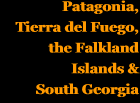 |
|||||||||||||||
 |
|||||||||||||||
 |
|||||||||||||||
The Welsh colony in the Chubut Valley Background to the railway The first arrivals A ticket for the journey of the Mimosa in 1865 at the founding of the colony. The original is in Gaiman Museum.
Gwladfa Patagonia
The 1965 centenary monument in Trelew, honouring the arrival of the original Welsh settlers back in 1865, as photographed in 1975. A tough start As time went on the settlers spread further up the Chubut (or 'Camwy') Valley. Lewis Jones, the original driving force behind the 1865 arrivals, had remained the leader of the community, and as the next chapter explains, it was he who pushed forward the plans for the new railway. At the same time Welsh explorers amongst others were looking further west, to the foothills of the Andes, where towns and villages like Esquel were surrounded by more Welsh farms and centred on more Welsh chapels. (The one pictured is actually in Gaiman). An extract from an 1888 map showing the routes explored by the Welsh is displayed at the foot of this page.
The very Welsh looking Bethel chapel in Gaiman, as seen in 1975.
They managed to overcome their difficulties and came to win prizes abroad for the quality of their grain as seen in the certificate. (1) Inevitably, the area's Welshness has slowly lost ground to the Spanish language and the influence from further north. However, there is still a good deal of interest in all things Welsh, and an annual Eisteddfod. There is a page (in Spanish) about Lewis Jones himself in the Trelew municipal website. The Puerto Madryn website also has a good deal of historical information, some of which is in English, and a number of old photos, though only one poor one of the railway. Patagonia, both Argentinian and Chilean, has seen exploration, immigration, exploitation, and attempted revolution, in ways that equal any excitement that the Wild West could offer. Anyone wishing to get a flavour of the area's history should look at the list of references in the bibliography. Extract from map of Welsh explorers
Co-operation The community of Tir Halen (Salt Land), now known as 28 de Julio, were the proud owners of this traction engine seen here crossing the bridge to get into Gaiman. The view came from the National Library of Wales collection.
6-6-15
|
|||||||||||||||
Chapter 2
The Welsh-built Central Rly. of Chubut


Main pages
Appendices
